Home>Garden Essentials>What Colors Go With Nature Greenery
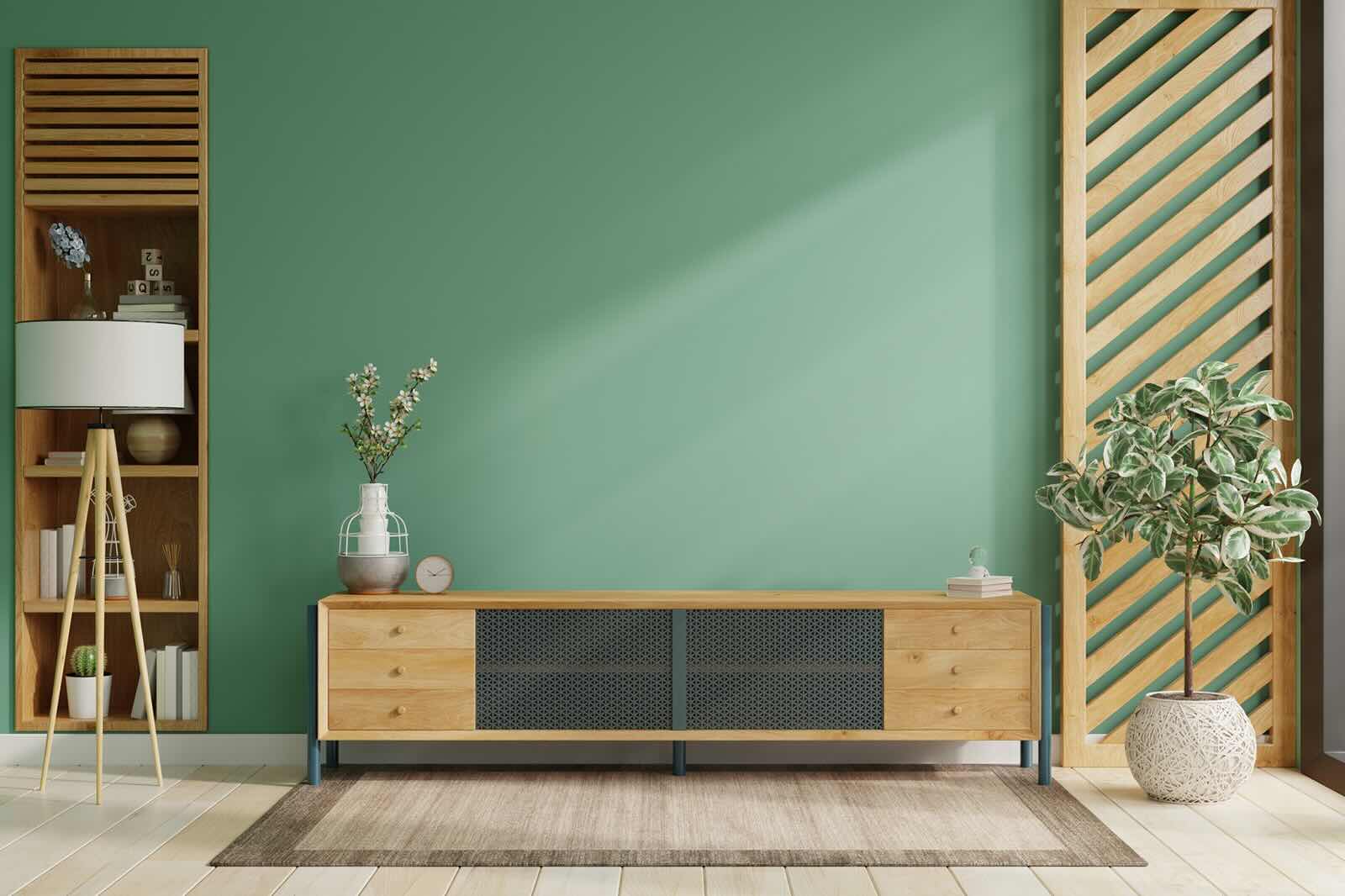

Garden Essentials
What Colors Go With Nature Greenery
Modified: March 7, 2024
Discover the perfect color combinations for your garden with nature greenery. Find out which colors complement the lush greenery and create a beautiful outdoor space.
(Many of the links in this article redirect to a specific reviewed product. Your purchase of these products through affiliate links helps to generate commission for Storables.com, at no extra cost. Learn more)
Introduction
Welcome to the wonderful world of gardening, where every color has the power to transform a simple garden into a captivating oasis. One color that stands out among the rest is nature greenery. With its fresh and vibrant appeal, nature greenery brings a sense of tranquility and rejuvenation to any outdoor space.
In this article, we will explore the various colors that beautifully complement nature greenery, helping you create the perfect color palette for your garden. Whether you’re looking for earthy tones, cool colors, or bold accents, we’ve got you covered.
But first, let’s take a moment to understand the essence of nature greenery and why it plays such a crucial role in garden design.
Nature greenery, often associated with the color green, is a symbol of growth, renewal, and vitality. It represents the lushness of nature and captures the essence of the great outdoors. Green is known for its calming and soothing effect, making it the perfect backdrop for a relaxing garden space.
When incorporating nature greenery into your garden, it’s essential to strike a harmonious balance with other colors. By carefully selecting complementary hues, you can create a visually appealing garden that harmonizes with the natural surroundings.
Now that we have a basic understanding of nature greenery, let’s explore the different color palettes that work well with it. Whether you prefer earthy tones, cool shades, or bold colors, there’s a palette that’s perfect for you.
Key Takeaways:
- Embrace the beauty of nature greenery in your garden by pairing it with complementary colors like earthy tones, cool shades, and bold accents to create a visually appealing and inviting outdoor oasis.
- Experiment with different color combinations to find the perfect palette that complements nature greenery and enhances the beauty of your garden, creating a space that suits your personal style and preferences.
Read more: What Is Nature’s Toothbrush
Understanding Nature Greenery
Nature greenery is more than just a color; it embodies the beauty of the natural world. It is the lush green foliage of trees, the vibrant hues of grass and leaves, and the refreshing color of plants and flowers. When used in garden design, nature greenery brings a sense of freshness and vibrancy to the space.
The color green is often associated with growth, renewal, and harmony. It is known for its calming and soothing effects, making it the perfect choice for creating a serene and inviting garden atmosphere. Green is also versatile and can work well with various color combinations, making it a fantastic starting point for your garden color palette.
When working with nature greenery, it’s important to consider the different shades and tones of green. From deep forest greens to bright lime greens, each shade can evoke a different mood and create a unique aesthetic for your garden. Experimenting with different shades of green can add depth and visual interest to your outdoor space.
Another factor to consider when understanding nature greenery is its connection to nature. By incorporating green into your garden, you are embracing the natural world and bringing a touch of the outdoors into your own backyard. This connection to nature can create a serene and calming ambiance, allowing you to escape the stresses of everyday life and find solace in your garden sanctuary.
In addition to its visual appeal, nature greenery also has several health benefits. Research has shown that spending time in green environments can reduce stress, improve mental well-being, and enhance overall happiness. So not only will your garden look stunning with nature greenery, but it will also provide a nurturing and rejuvenating space for you to enjoy.
Now that we have a deeper understanding of nature greenery and its significance in garden design, let’s explore various color harmonies and complementary palettes that will enhance the beauty of this vibrant color.
Color Harmony and Complementary Palettes
When it comes to creating a visually appealing garden, understanding color harmony and selecting complementary palettes is key. By combining different colors that work harmoniously with nature greenery, you can create a garden that is both aesthetically pleasing and visually engaging.
One popular color harmony approach is the use of analogous colors. Analogous colors are colors that are adjacent to each other on the color wheel. In the case of nature greenery, analogous colors would include shades of blue and yellow. By incorporating these colors into your garden, you can create a harmonious and cohesive look. Blue brings a cool and calming effect, while yellow adds a touch of vibrancy and warmth, creating a balanced and inviting space.
If you’re looking to create a more contrasting and eye-catching garden, consider using complementary colors. Complementary colors are opposite each other on the color wheel, such as red and green or purple and yellow. When used strategically alongside nature greenery, complementary colors can create a stunning visual impact. For example, the vibrant hues of purple flowers against the backdrop of green foliage can create a captivating and dynamic garden display.
Another approach to color harmony is the use of monochromatic palettes. Monochromatic palettes involve using various shades, tints, and tones of a single color. In the case of nature greenery, this could mean incorporating different shades of green, from dark emerald greens to lighter pastel shades. This creates a harmonious and cohesive look that celebrates the beauty of nature greenery in its various forms.
When selecting complementary palettes, it’s also important to consider the mood and atmosphere you want to create in your garden. Earthy tones, cool colors, neutral shades, bold accents, and pastel hues all evoke different feelings and can set the tone for your outdoor space.
Now that we understand the basics of color harmony and complementary palettes, let’s explore some specific color combinations that work well with nature greenery in the garden.
Earthy Tones
Earthy tones are a perfect complement to nature greenery, creating a harmonious and grounded garden aesthetic. These colors evoke a sense of warmth, tranquility, and a connection to the natural elements. By incorporating earthy tones into your garden, you can create a soothing and inviting space that blends seamlessly with the surrounding environment.
One popular earthy color to pair with nature greenery is brown. Brown represents the earth and brings a sense of stability and grounding to the garden. It can be incorporated through elements such as wooden furniture, bark chips, or mulch. When combined with the lush green foliage, brown creates a warm and earthy ambiance that is perfect for creating a cozy outdoor retreat.
Another earthy tone that works well with nature greenery is beige or tan. These neutral colors add a touch of warmth without overpowering the greenery. Beige can be included through materials like stone or gravel pathways, while tan can be incorporated through natural stone accents or terracotta pots. These colors create a natural and earthy backdrop that allows the greens to shine.
In addition to brown, beige, and tan, earthy tones can also include warm shades of orange and rust. These colors add a pop of warmth and energy to the garden, complementing the freshness of nature greenery. You can introduce orange and rust through flowers like marigolds or dahlias, or by incorporating rusty metal accents in your garden design.
When working with earthy tones in combination with nature greenery, it’s important to maintain a balance. Too much of one color can overpower the other, so consider using earthy tones as accents or pops of color rather than overwhelming the entire garden. This will create a visually pleasing and harmonious space that highlights the beauty of both the earthy tones and the greenery.
Overall, earthy tones provide a sense of grounding and warmth to your garden design. By combining them with nature greenery, you can create a peaceful and inviting outdoor space that embraces the beauty of the natural world.
Cool Tones
Cool tones are a refreshing and calming choice to complement nature greenery in your garden. These colors bring a sense of serenity and tranquility, creating a cool and relaxing atmosphere. By incorporating cool tones into your garden, you can evoke a sense of freshness and create a soothing retreat.
One popular cool tone that works beautifully with nature greenery is blue. Blue represents the vastness of the sky and the calmness of water. When paired with green, it creates a visually pleasing and serene combination. You can introduce blue through flowers like hydrangeas or delphiniums, or by incorporating blue-colored accessories or decorations in your garden. Blue not only complements the greenery but also adds a touch of coolness and serenity to the overall garden ambiance.
Another cool tone that works well with nature greenery is purple. Purple has a sense of mystery and elegance and can add depth and richness to your garden design. Lavender, pansies, and irises are popular purple flowers that can be easily incorporated into a green landscape. The combination of purple and green creates a garden that is both visually striking and calming.
Green and cool tones like blue and purple create a harmonious and balanced palette. The coolness of the tones enhances the freshness of the greenery and can create a garden that feels cool and inviting, especially during the hot summer months.
In addition to blue and purple, cool tones can also include shades of gray. Gray can be introduced through materials like stone pathways, gravel, or garden sculptures. The neutral and subdued nature of gray adds a sense of calmness and sophistication to the garden while allowing the vibrant greenery to stand out.
When working with cool tones, it’s important to consider the intensity and saturation of the colors. Lighter shades of blue and purple create a softer and more tranquil ambiance, while deeper shades add drama and richness to the garden. Experiment with different intensities to find the perfect balance that suits your garden style.
Incorporating cool tones alongside nature greenery creates a garden that feels refreshing, serene, and inviting. By combining these colors harmoniously, you create an outdoor space that encourages relaxation and provides a peaceful retreat.
When pairing nature greenery, consider using complementary colors like soft blues, earthy browns, or warm neutrals to create a harmonious and natural color scheme.
Neutral Colors
Neutral colors are a versatile and timeless choice that can beautifully complement nature greenery in your garden. These colors provide a subtle and understated backdrop, allowing the greenery to take center stage while creating a sense of balance and harmony.
One popular neutral color that pairs well with nature greenery is white. White represents purity and simplicity and can create a clean and pristine look in your garden. White flowers, such as roses or daisies, can add a touch of elegance and brightness to the space. Additionally, incorporating white elements such as garden structures, fences, or decorative accents can create a visually pleasing contrast against the vibrant green foliage.
Gray is another neutral color that complements nature greenery beautifully. Gray has a sophisticated and contemporary appeal, adding a touch of elegance to your garden. Gray can be incorporated through materials such as stone or gravel pathways, or through decorative elements like sculptures or planters. The subtle and subdued nature of gray creates a calming and balanced atmosphere, allowing the greenery to shine.
Beige and taupe are warm neutral colors that work well with nature greenery. These colors provide a natural and earthy backdrop, creating a sense of warmth and comfort in your garden. Beige and taupe can be introduced through materials such as natural stone accents, wooden furniture, or terracotta pots. These colors add a touch of coziness and organic charm to your outdoor space.
When working with neutral colors, it’s important to consider texture and material. Mixing different textures, such as smooth stone and rough wood, can add visual interest and depth to the garden design. Additionally, playing with different materials like concrete, rattan, or metal can enhance the overall aesthetic and create a unique and personalized look.
Neutral colors create a serene and harmonious canvas for nature greenery to thrive. By incorporating these colors strategically, you can create a garden that feels elegant, balanced, and timeless. The simplicity of neutral colors allows the lush greens to stand out and creates a soothing and inviting atmosphere.
Experiment with different shades and textures to find the perfect combination of neutral colors that complements your garden style and enhances the beauty of nature greenery.
Bold and Vibrant Colors
If you’re looking to make a statement in your garden, consider incorporating bold and vibrant colors alongside nature greenery. These colors add a sense of energy, vibrancy, and visual impact that can instantly transform your outdoor space into a lively and captivating oasis.
One bold color that pairs well with nature greenery is red. Red is a vibrant and attention-grabbing color that can create a dramatic and passionate atmosphere in your garden. Incorporate red flowers like roses or poppies to add pops of color throughout your green landscape. The combination of red and green creates a striking contrast that draws the eye and creates a visually dynamic garden.
Another vibrant color that works well with nature greenery is orange. Orange is a bold and energetic color that brings warmth and excitement to your outdoor space. Use orange flowers like marigolds or zinnias to add bursts of color and create a lively and cheerful atmosphere. Orange complements the freshness of green and adds a joyful and playful touch to your garden.
Yellow is a bright and sunny color that pairs beautifully with nature greenery. Yellow flowers like sunflowers or daisies can add a sense of warmth and happiness to the garden. Yellow represents joy, optimism, and positivity, creating a cheerful and inviting ambiance. When combined with the lush green foliage, yellow creates a vibrant and uplifting outdoor space.
Pink is a feminine and romantic color that can add a soft and delicate touch to your garden. Pink flowers like roses or peonies can enhance the beauty of nature greenery and create a dreamy and enchanting atmosphere. The combination of pink and green creates a harmonious and soothing palette that is perfect for creating a serene and romantic garden.
When incorporating bold and vibrant colors, it’s important to consider balance and proportion. Use these colors strategically as accents or focal points, rather than overwhelming the entire garden. This will create a visually pleasing and harmonious space that highlights the beauty of both the bold colors and the greenery.
Experiment with different combinations of bold and vibrant colors to find the perfect mix that suits your personal style and creates a captivating garden full of life and energy.
Pastel Shades
If you prefer a softer and more delicate color palette for your garden, pastel shades are an excellent choice to complement nature greenery. These gentle and soothing colors create a sense of tranquility and lend an ethereal beauty to your outdoor space.
One popular pastel shade that pairs beautifully with nature greenery is lavender. Lavender has a calming and relaxing effect and adds a touch of elegance to your garden. Incorporate lavender flowers to add pops of color throughout your green landscape. The combination of lavender and green creates a sophisticated and tranquil ambiance.
Another pastel shade that works well with nature greenery is baby blue. Baby blue represents serenity and tranquility and creates a gentle and fresh look in your garden. Use baby blue flowers like forget-me-nots or hydrangeas to add subtle touches of color among the green foliage. The combination of baby blue and green evokes a sense of peacefulness and invokes a feeling of being in harmony with nature.
Soft pink is a delicate and romantic pastel shade that can add a touch of grace and femininity to your garden. Pink flowers like roses or peonies can enhance the beauty of nature greenery and create a dreamy and enchanting atmosphere. The combination of pink and green creates a harmonious and soothing palette that is perfect for creating a serene and romantic garden.
Pale yellow is a gentle pastel shade that brings warmth and a sense of joy to your garden. Use pale yellow flowers like daffodils or primroses to add soft pops of color that complement the greenery. The combination of pale yellow and green creates a light and airy ambiance that is perfect for creating a cheerful and inviting outdoor space.
When working with pastel shades, it’s important to consider the overall mood and atmosphere you want to create in your garden. Pastel shades bring a sense of serenity and delicacy, making them perfect for creating a peaceful and relaxing environment.
Experiment with different pastel shades to find the perfect combination that suits your garden style and creates a serene and enchanting outdoor sanctuary.
Metallic Accents
To add a touch of glamour and sophistication to your garden, consider incorporating metallic accents alongside nature greenery. Metallic finishes bring a sense of elegance and shine, elevating the overall aesthetic and creating a modern and luxurious outdoor space.
One popular metallic finish that complements nature greenery is silver. Silver accents can be introduced through garden sculptures, decorative planters, or furniture. The reflective nature of silver adds a sense of brightness and luminosity to the garden, creating a visually captivating atmosphere. The combination of silver and green creates a contemporary and sleek look that adds a touch of glamour to your outdoor space.
Gold is another metallic accent that can bring a sense of luxury and opulence to your garden. Golden accents, such as decorative lanterns, gilded planters, or golden-hued flowers, can create a stunning visual impact. The combination of gold and green creates a rich and regal look that adds a touch of elegance and grandeur to your garden.
Copper is a warm metallic finish that adds a rustic and earthy charm to your garden. Copper accents, such as copper planters or copper sculpture, provide a unique and artistic element to the overall design. The reddish-brown tones of copper create a beautiful contrast with the greenery, adding depth and warmth to the garden.
When incorporating metallic accents, consider the style and theme of your garden. For a modern and contemporary look, sleek and polished metallic finishes like silver or chrome work well. If you prefer a more rustic or vintage aesthetic, consider using weathered or patinated metallic finishes like copper or bronze.
It’s important to use metallic accents sparingly and strategically in your garden design. Too much metallic can overpower the greenery and create a visually cluttered effect. Use metallic accents as focal points or as subtle touches throughout the garden to create a sense of balance and visual interest.
Experiment with different metallic finishes to find the perfect combination that enhances the beauty of nature greenery and adds a touch of luxury and sophistication to your outdoor oasis.
Read more: What Colors Go With Grass Green
Conclusion
Creating a beautiful and harmonious garden involves carefully selecting colors that complement nature greenery. The right color palette can enhance the natural beauty of your outdoor space and create a captivating oasis that you can enjoy year-round.
From earthy tones to cool shades, neutral colors, bold and vibrant hues, pastel shades, and metallic accents, there are endless possibilities for creating a color scheme that beautifully harmonizes with nature greenery.
Whether you prefer a serene and calming garden with cool tones like blue and purple, or a bold and energetic garden with vibrant colors like red and orange, the key is to find a balance that creates visual interest and allows the greenery to shine.
Remember to consider the mood and atmosphere you want to create in your garden. Each color has its own unique effect, and understanding the emotions they evoke can help you create a space that suits your personal style and preferences.
Take the time to experiment with different color combinations and consider the various ways you can incorporate these colors into your garden design. From colorful flowers and foliage to decorative accents and materials, there are numerous opportunities to infuse your garden with a palette that complements nature greenery.
Ultimately, a well-curated color palette that complements nature greenery can transform your garden into a stunning and inviting outdoor sanctuary. Whether you choose earthy tones for a grounded and natural feel or bold and vibrant colors for a lively and energetic atmosphere, embracing the beauty of color will enhance your garden and create a space you can truly enjoy.
So go ahead, get creative, and let nature greenery be your guide as you embark on a colorful journey to create the garden of your dreams. Happy gardening!
Frequently Asked Questions about What Colors Go With Nature Greenery
Was this page helpful?
At Storables.com, we guarantee accurate and reliable information. Our content, validated by Expert Board Contributors, is crafted following stringent Editorial Policies. We're committed to providing you with well-researched, expert-backed insights for all your informational needs.
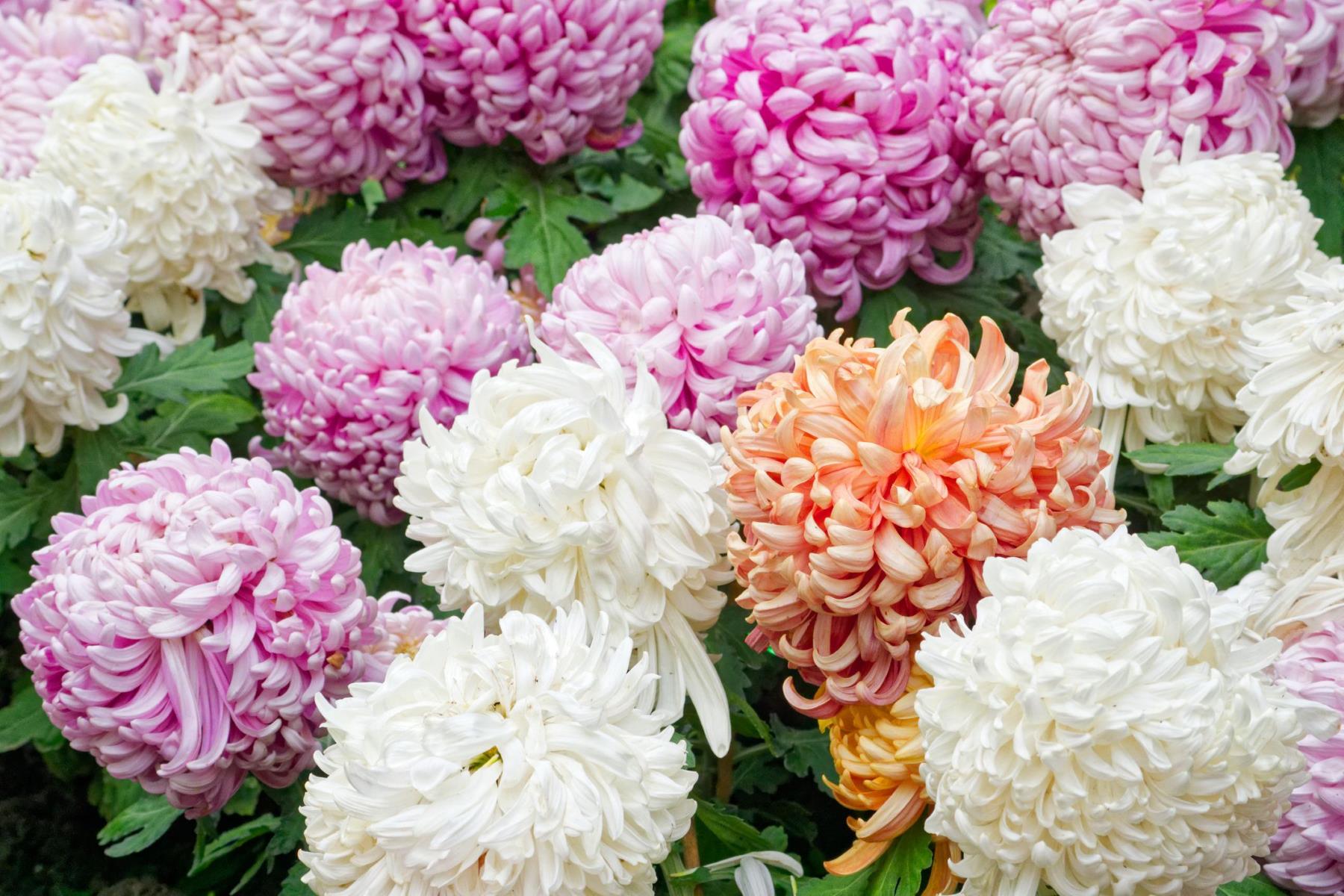
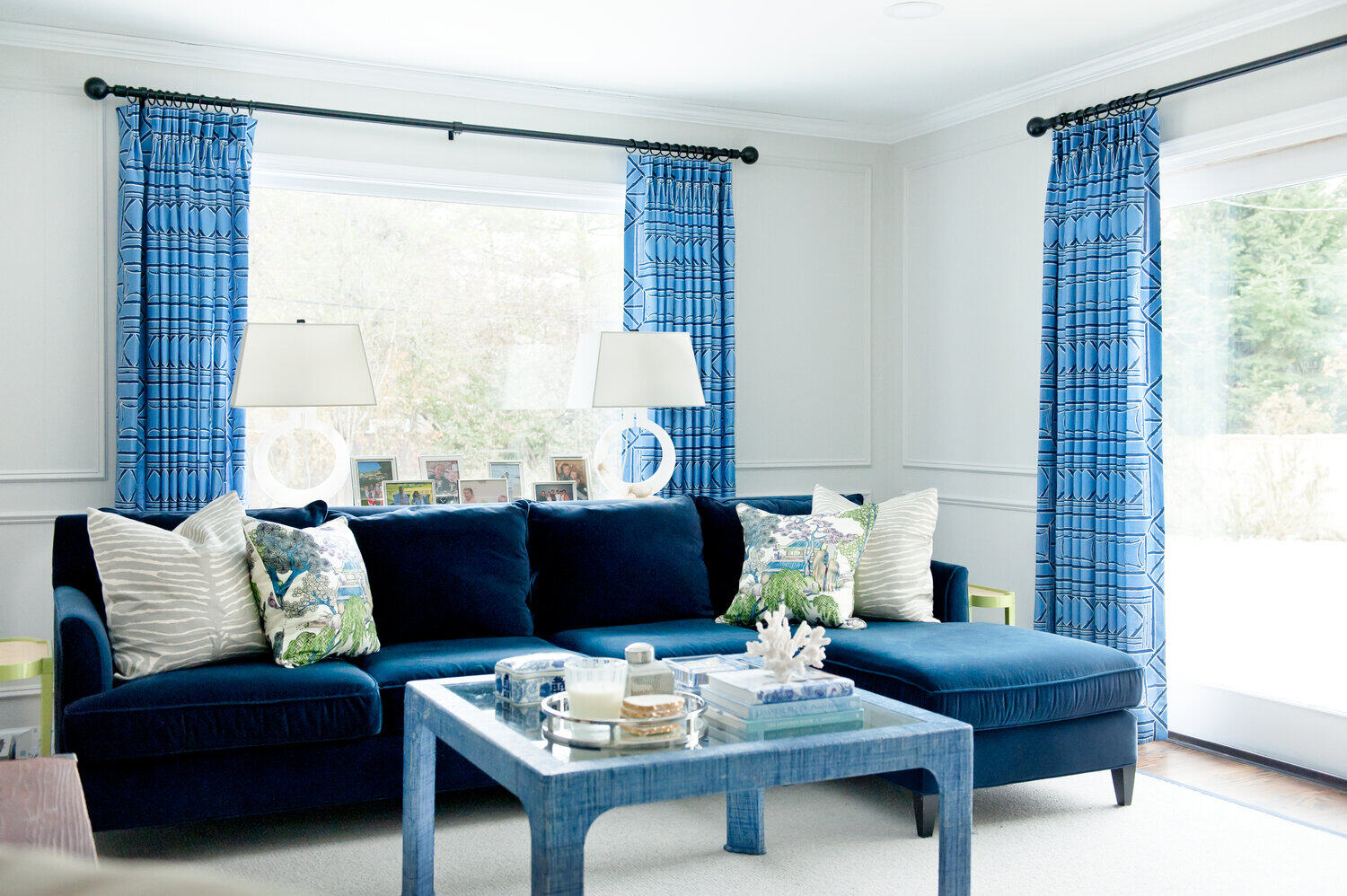
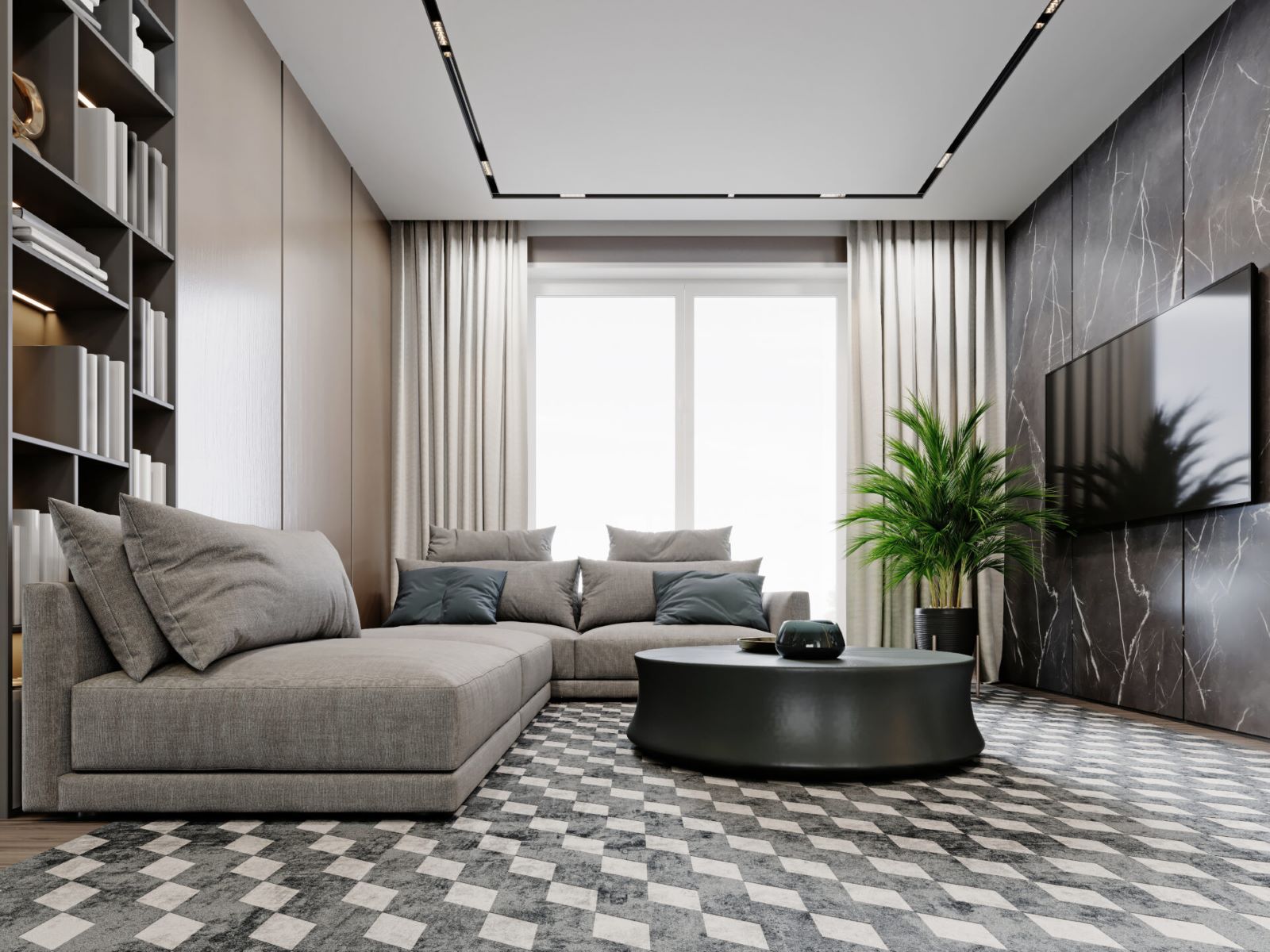
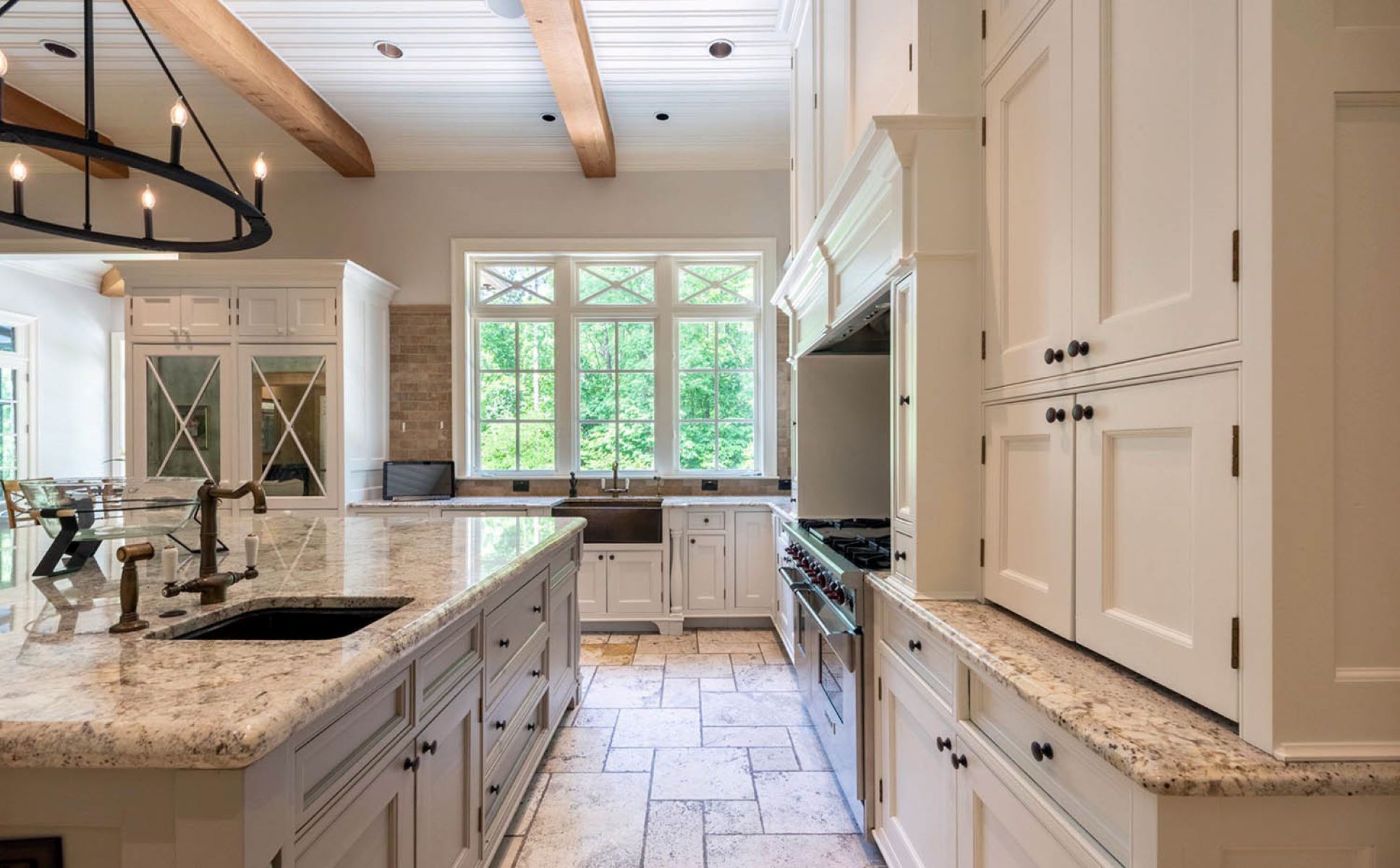
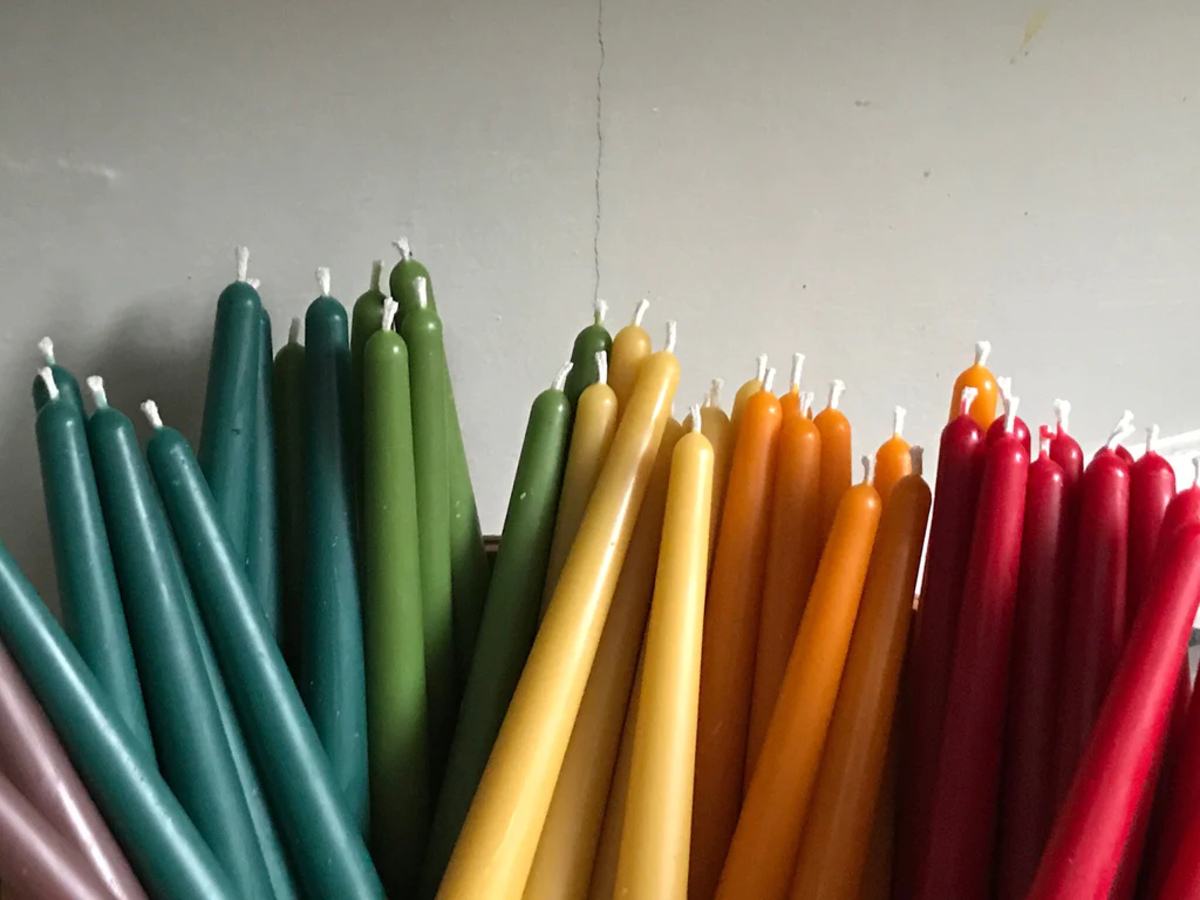
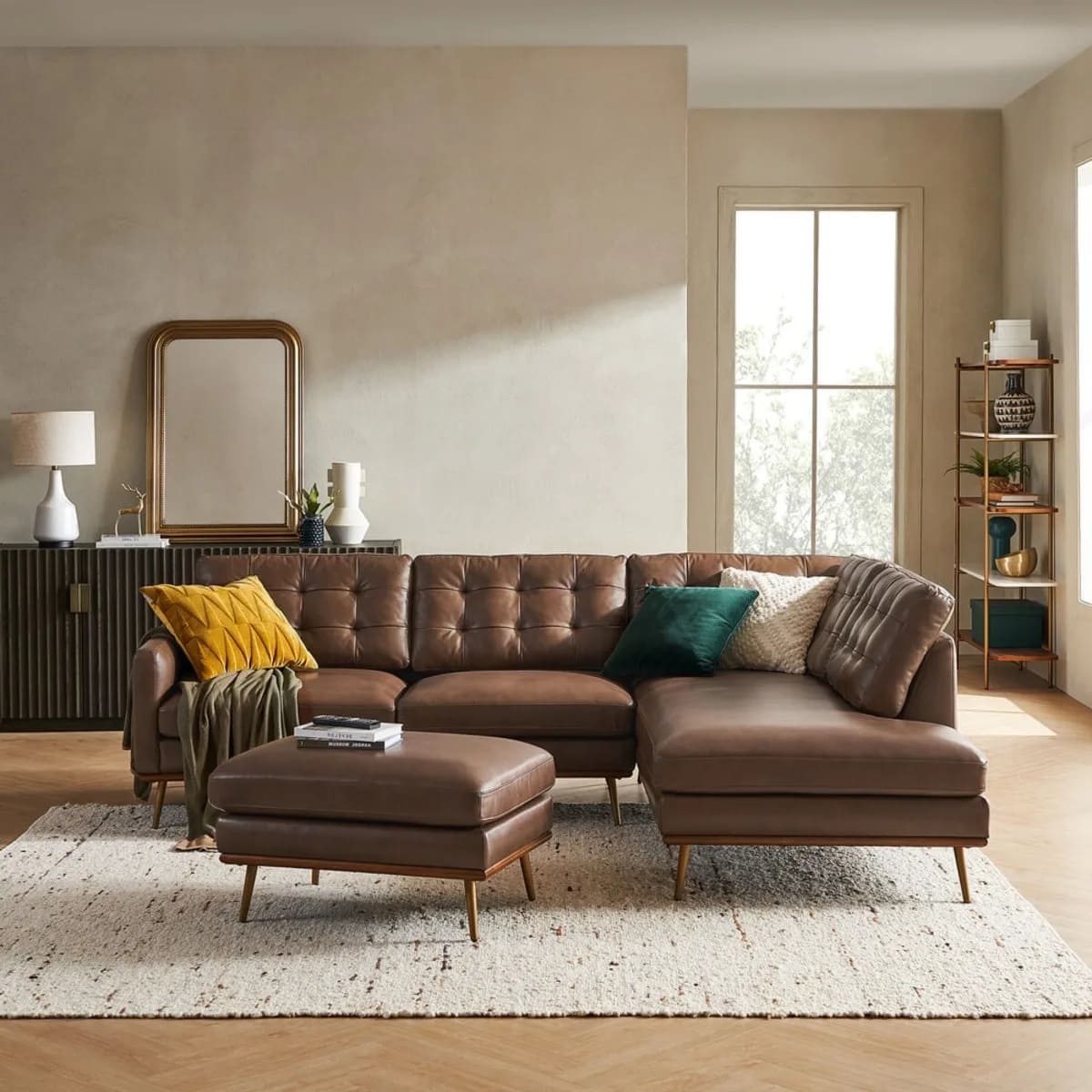
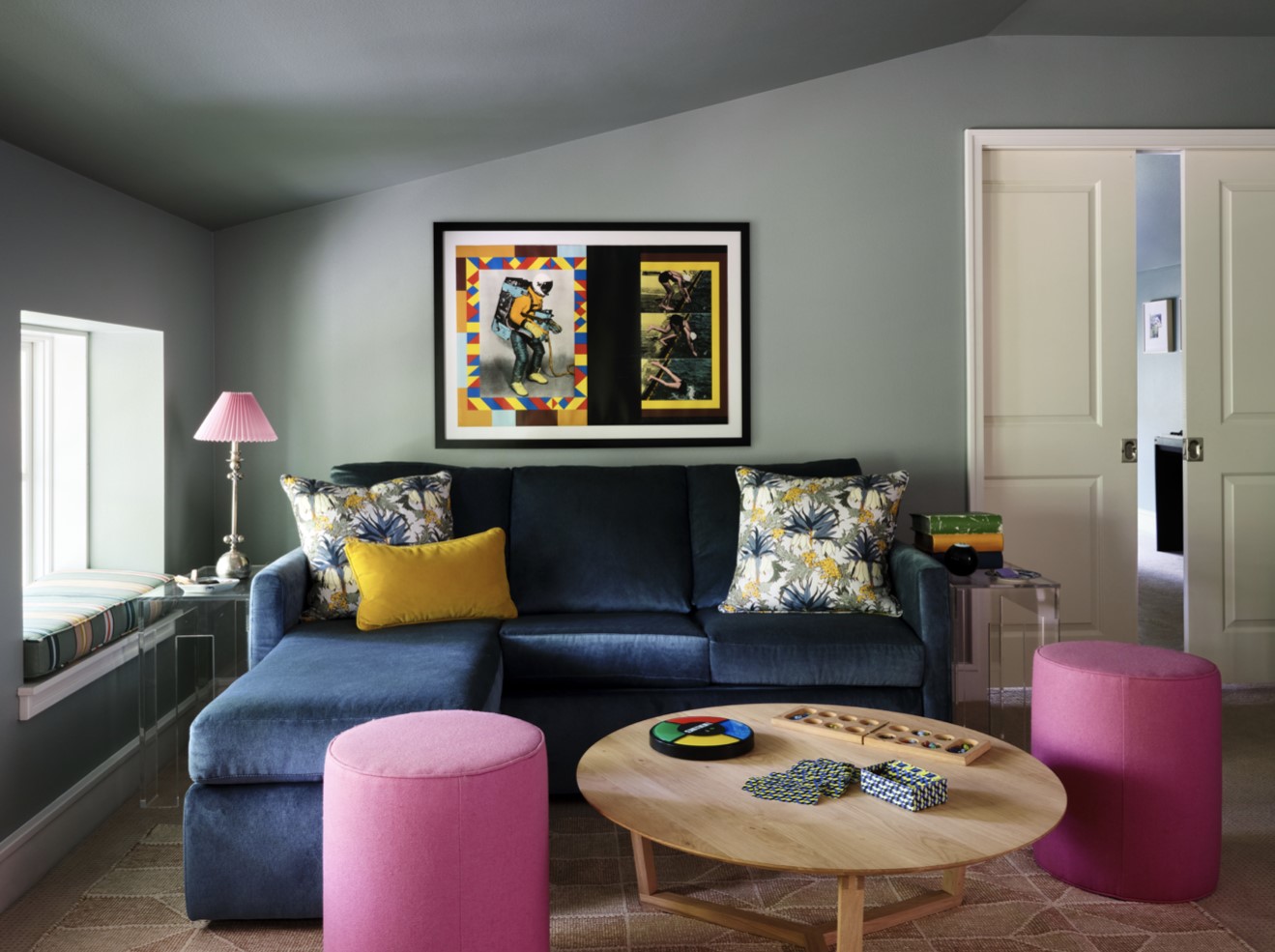
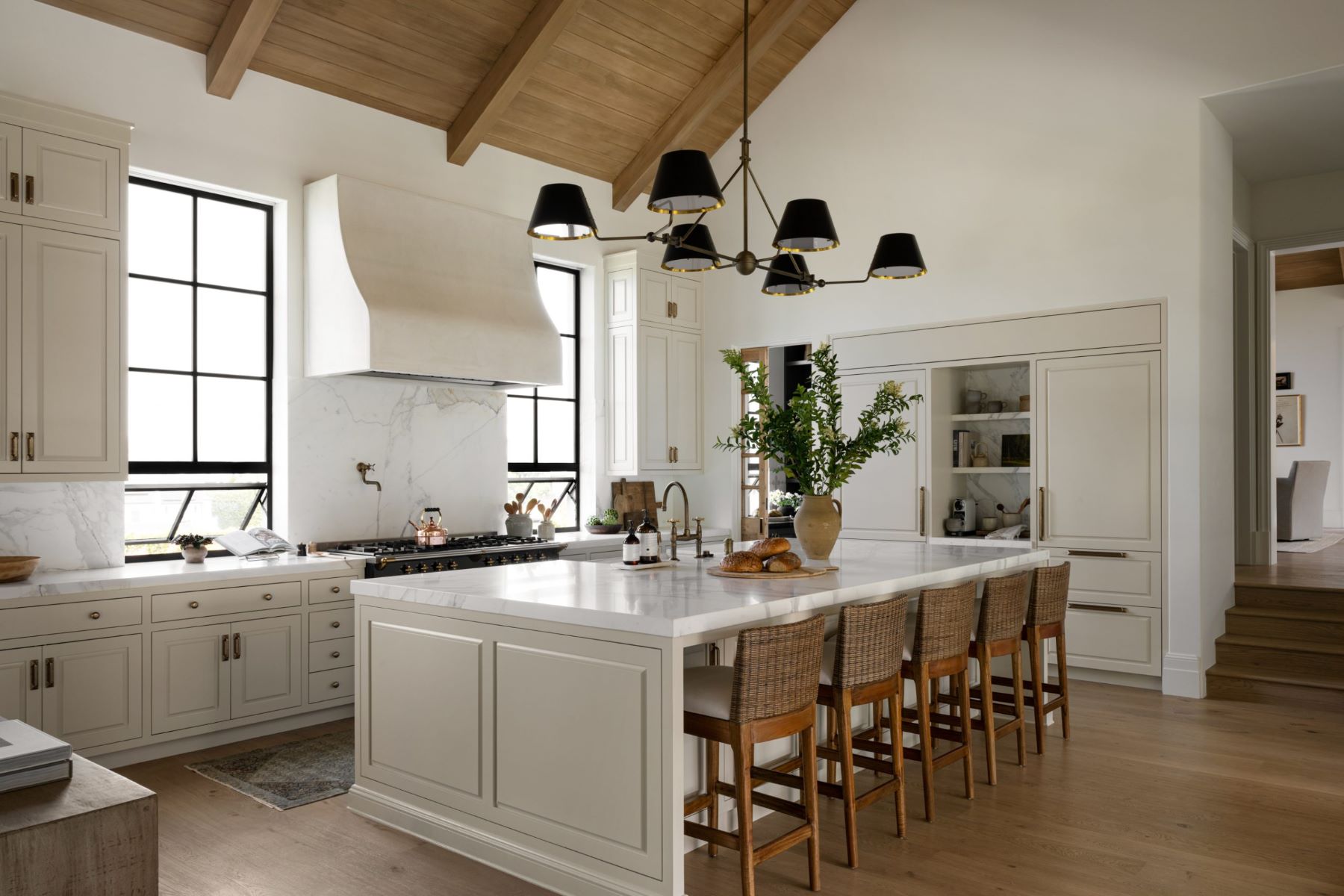
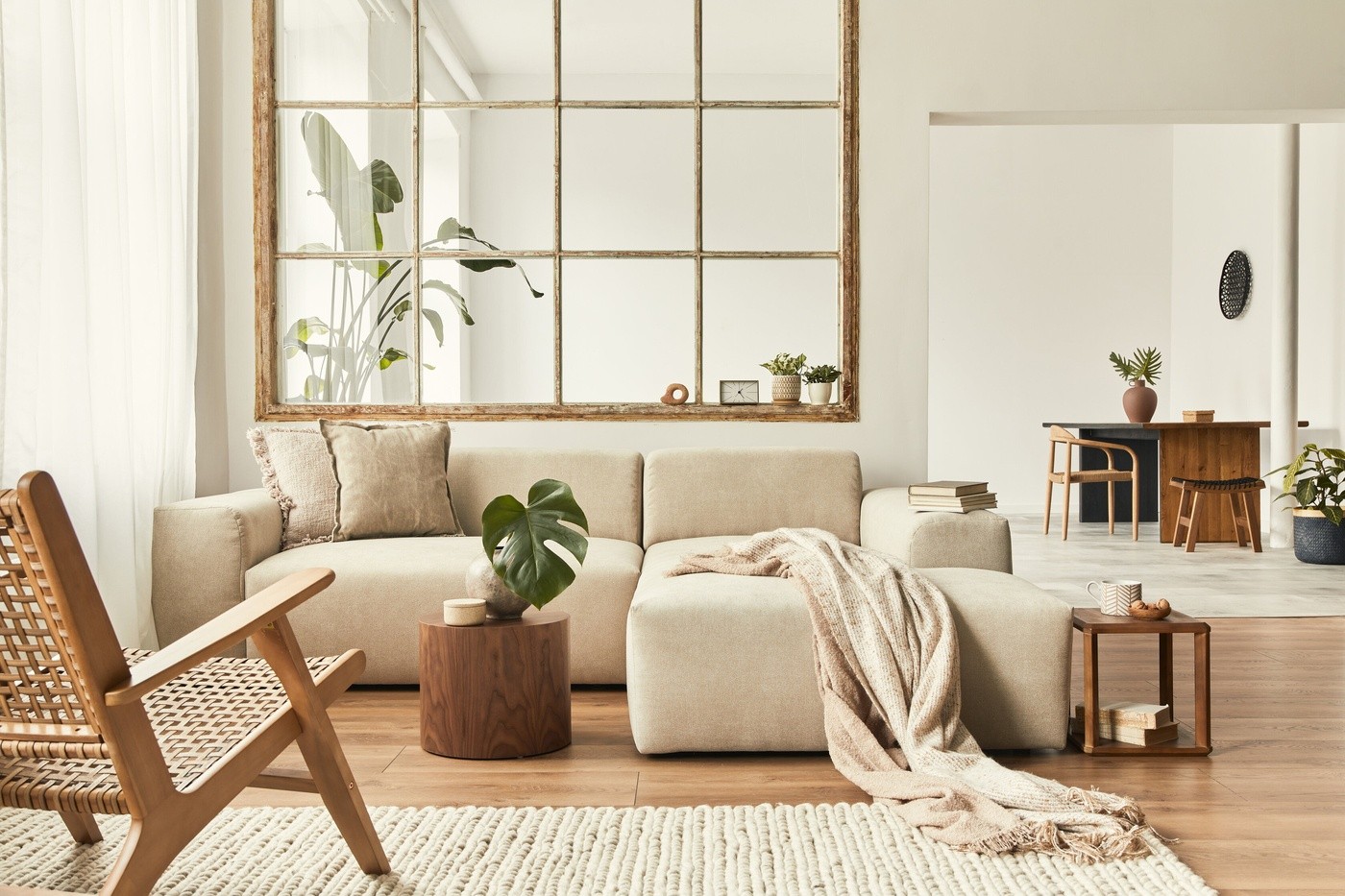
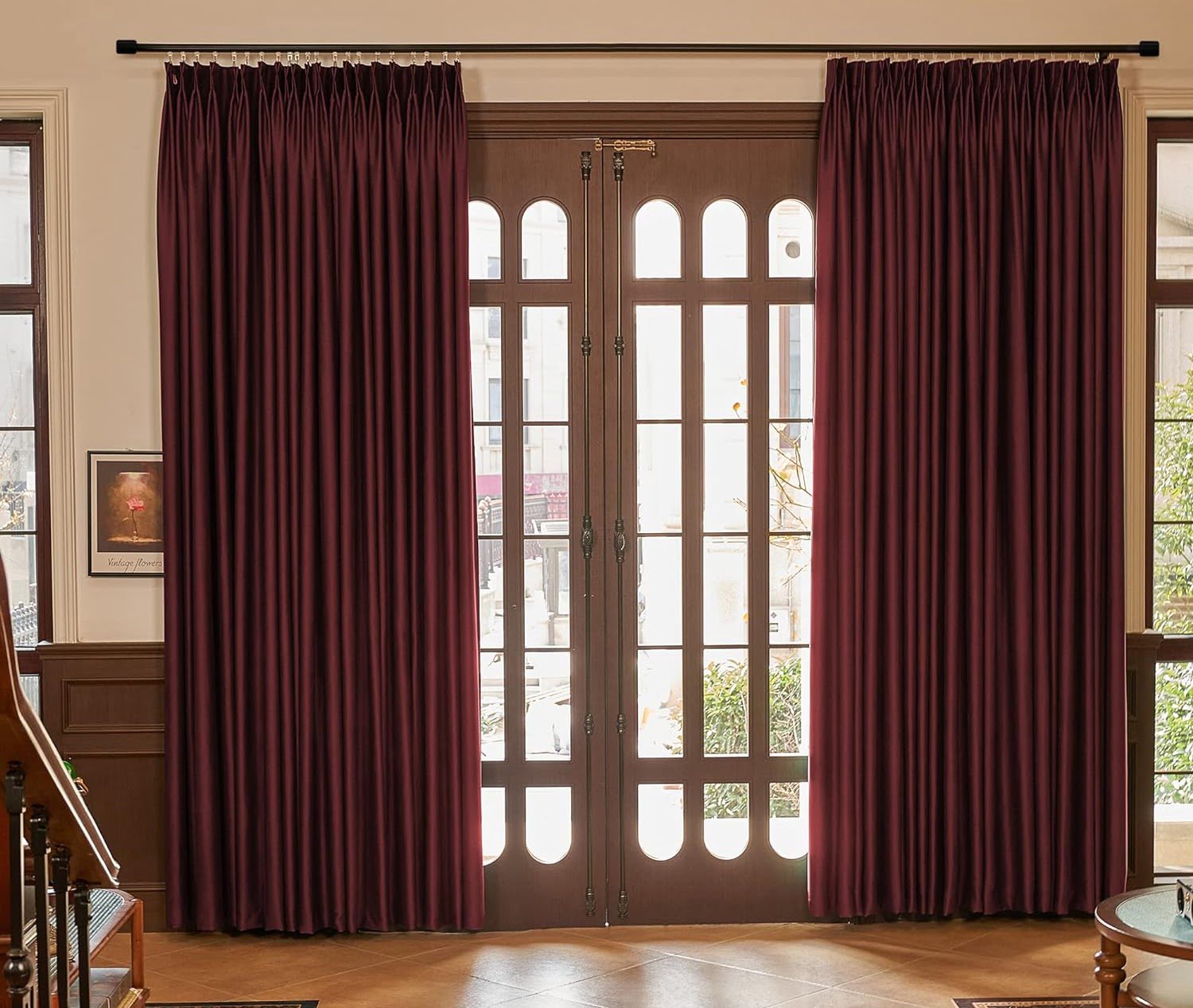
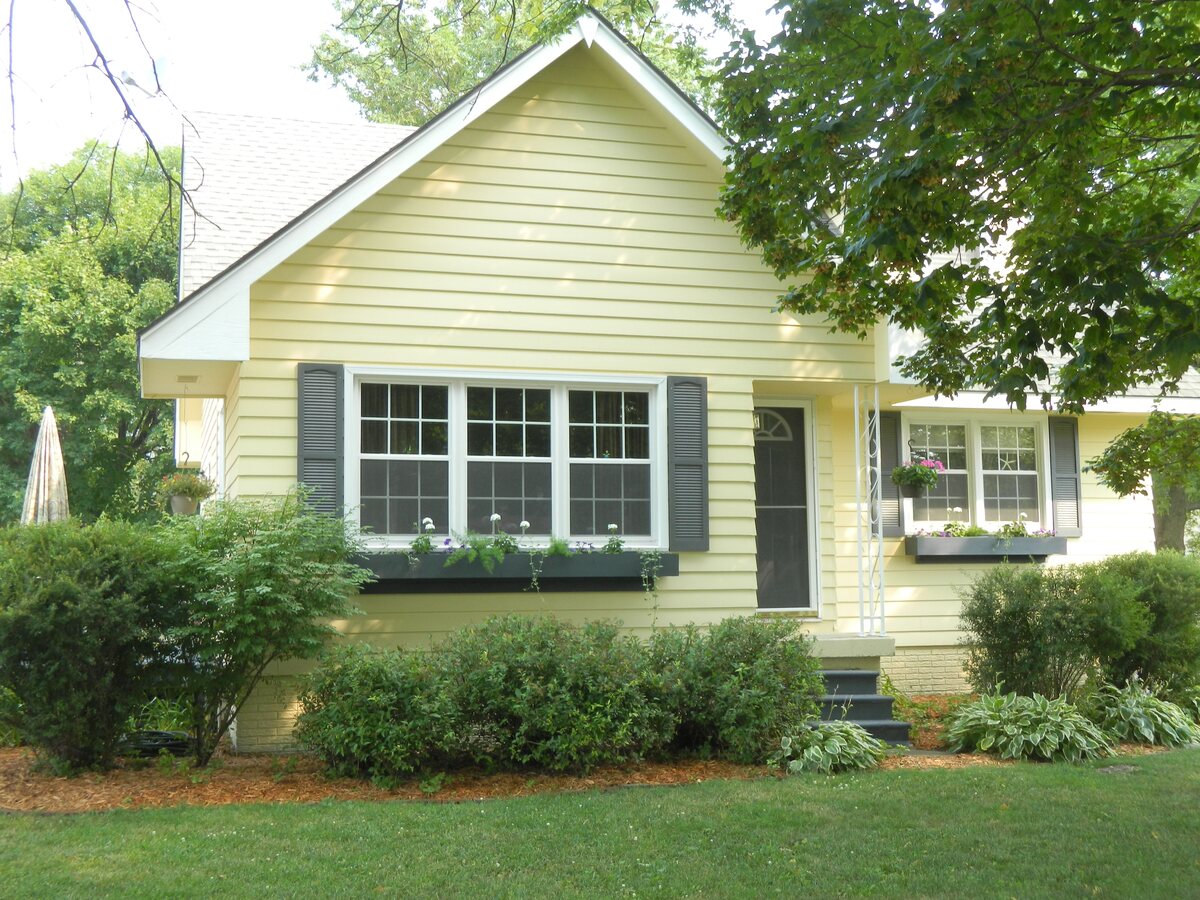
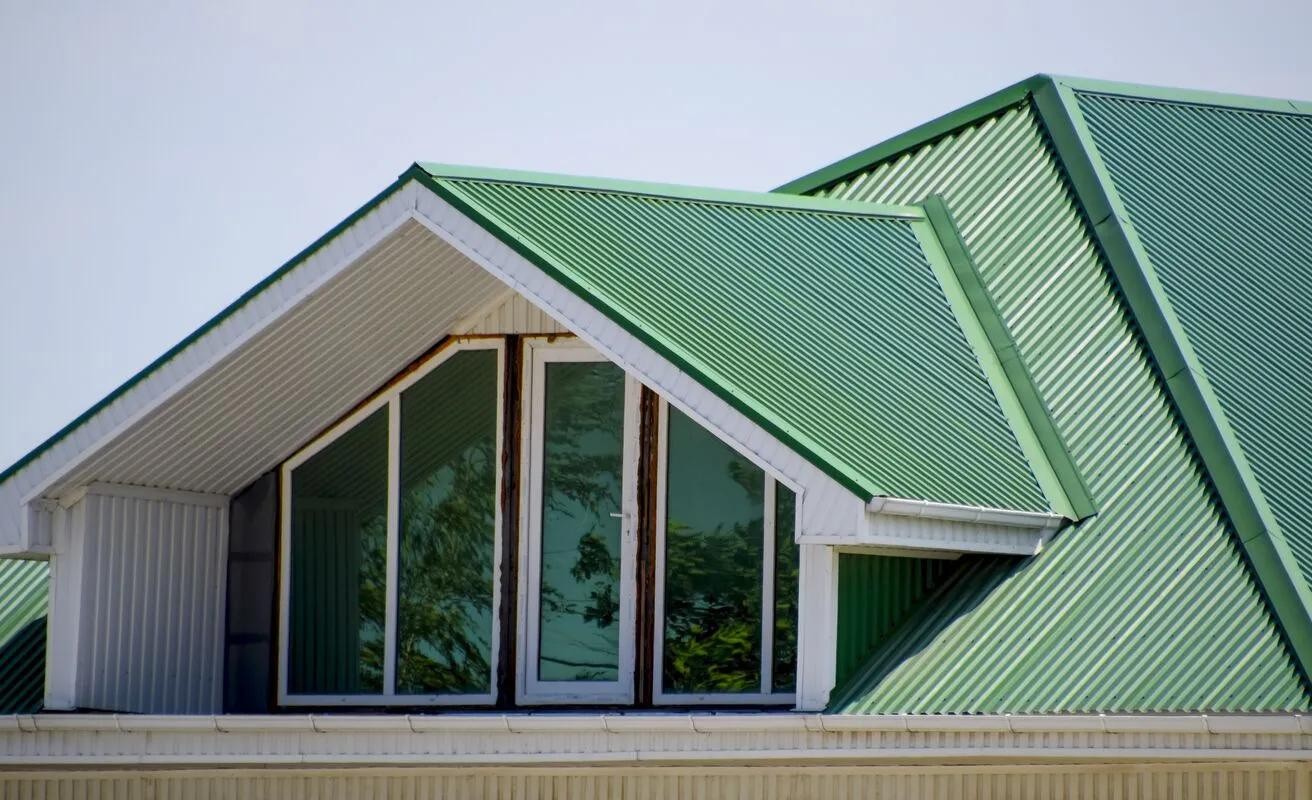
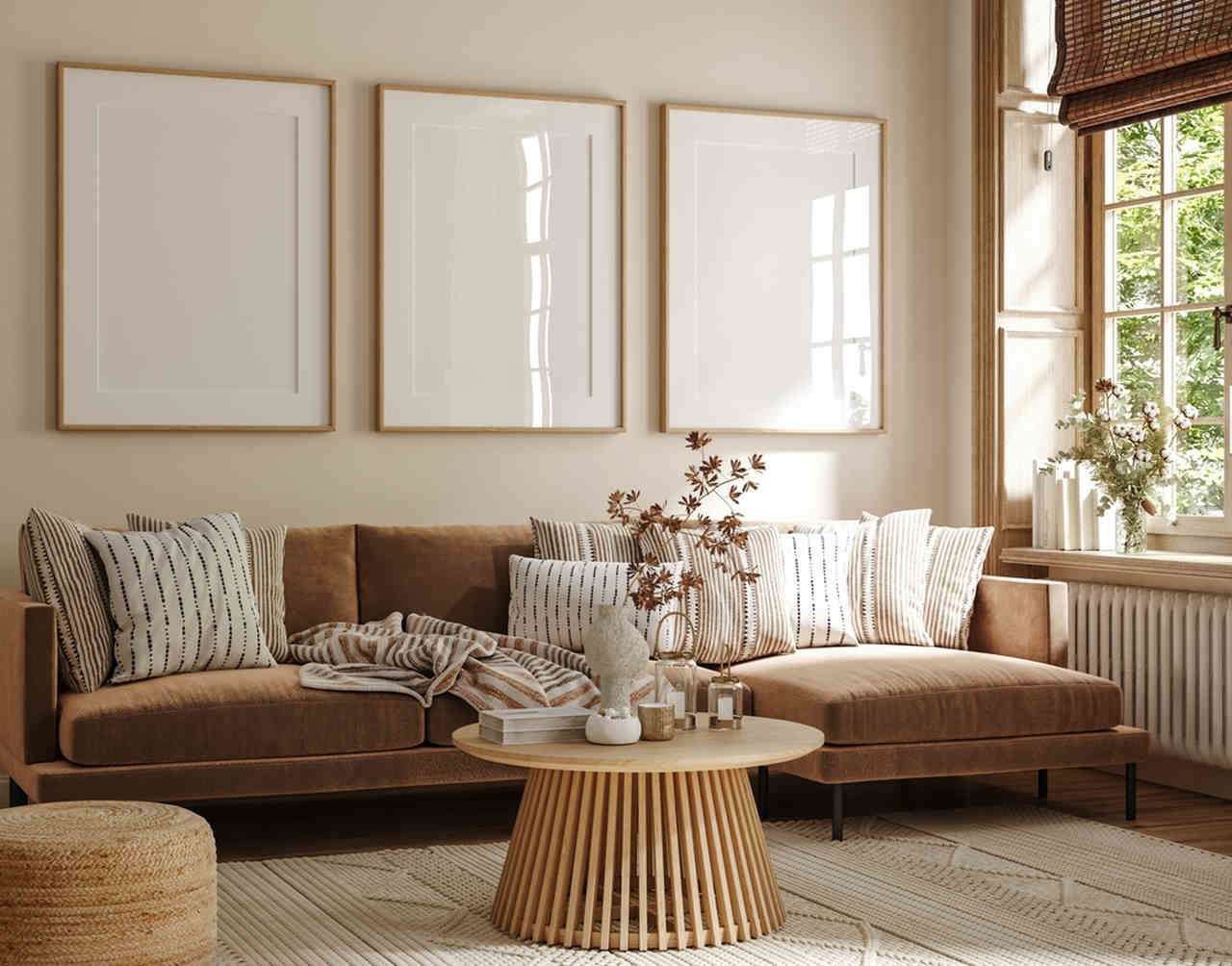

0 thoughts on “What Colors Go With Nature Greenery”